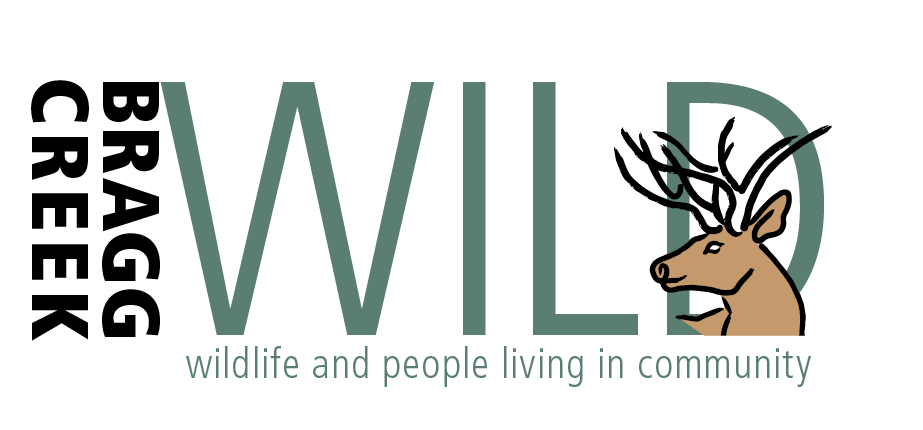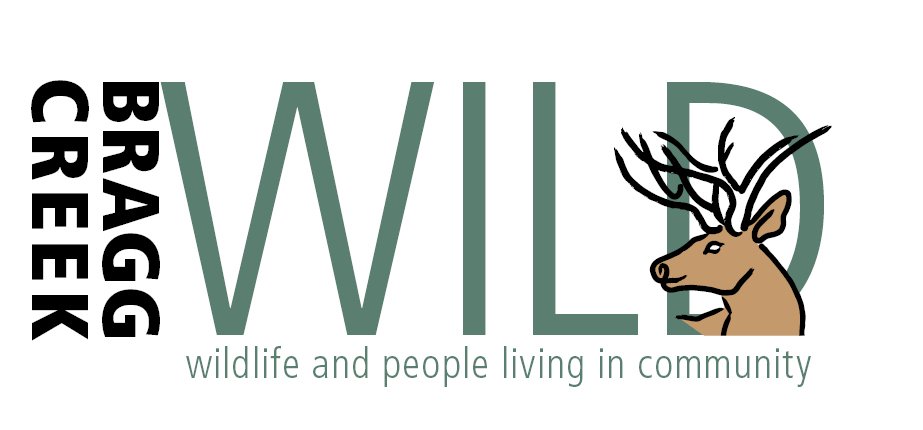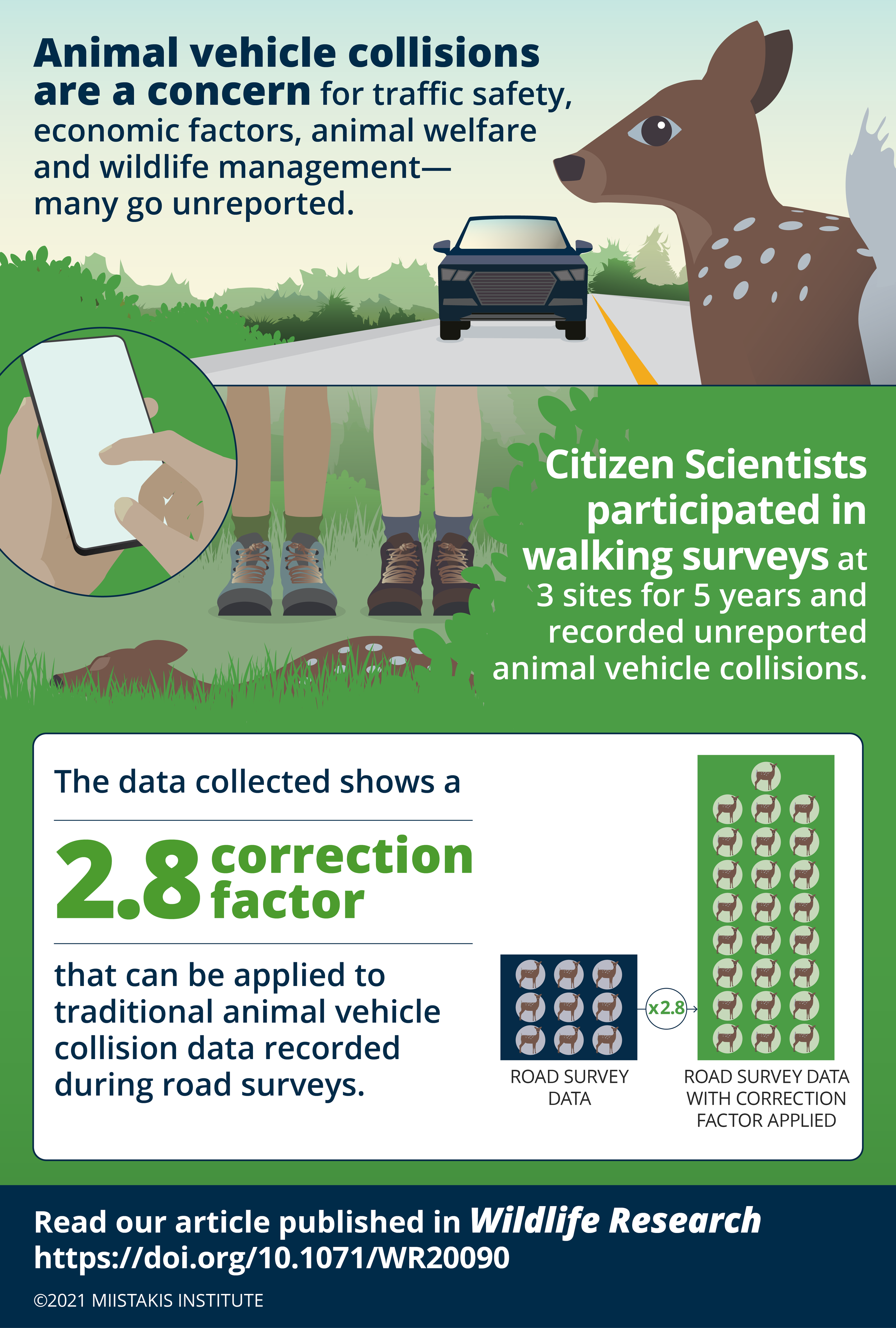
MITIGATING WILDLIFE-VEHICLE COLLISION
A LETHAL PROBLEM
Each year hundreds of animals lose their lives on Alberta’s roads. Unfortunately, Bragg Creek and Area are one of the province's hot spots. According to the Alberta Wildlife Watch Program 440 animals lost their lives in 2022, 86 more than in 2020. These records only reflect the number of casualties on provincial and federal roads – not municipal roads. Furthermore, these numbers only reflect animals recorded by highway maintenance workers, and not those that are eaten by wildlife or those animals that are hit and then run into the woods to die a slow, painful death. According to Miistakis Institute, 2.8 times more animals died than those recorded by highway maintenance.
Wildlife-vehicle collisions are a serious problem, resulting in many millions of dollars in damage and insurance claims each year causing serious injuries and fatalities for all concerned; drivers, passengers, and wildlife alike.

HOW TO DRIVE SAFELY ON RURAL ROADS
Always observe the posted speed limit and remain alert, with eyes on the ditches
Pay attention to posted signage - they indicate known frequent deer crossings
Be especially vigilant at dawn and dusk when deer are most active
Deer can jump over 3 meters! Don’t expect fencing to prevent them from crossing
Deer are herd animals. If you see one animal, reduce speed, then stop until it has safely crossed the road - then scan for the rest of the herd, especially fawns
Don’t depend on deer whistles - they are not 100% effective
In low light, dawn, dusk, and at night - deer may ‘freeze’ when overstimulated by headlights, so flash your lights on and off to help the deer recover
NEVER HONK your horn! We now understand that horns can seriously confuse the animal, causing them to run directly into your vehicle or oncoming vehicles
Be prepared for unpredictable behaviour, don’t expect the deer to cross quickly, or in a straight line
Don’t swerve out of your lane to avoid deer - use your brakes to reduce speed, and then stop. You risk collision with another vehicle if you leave your lane


